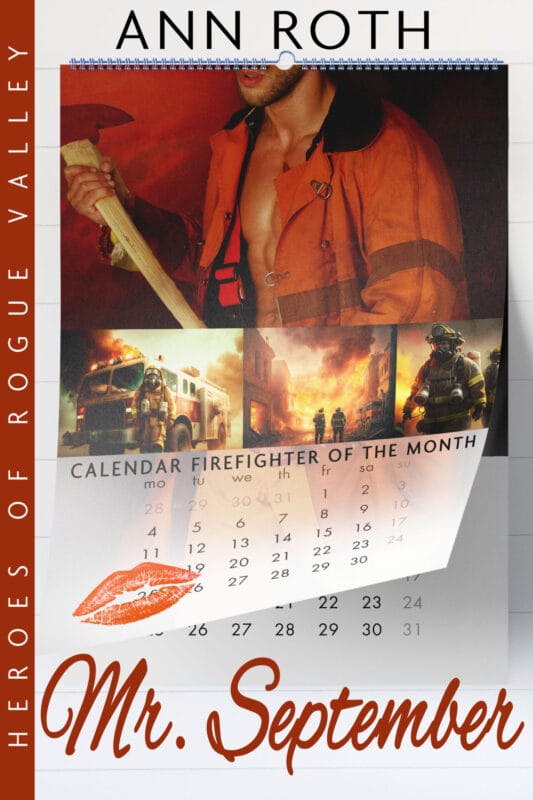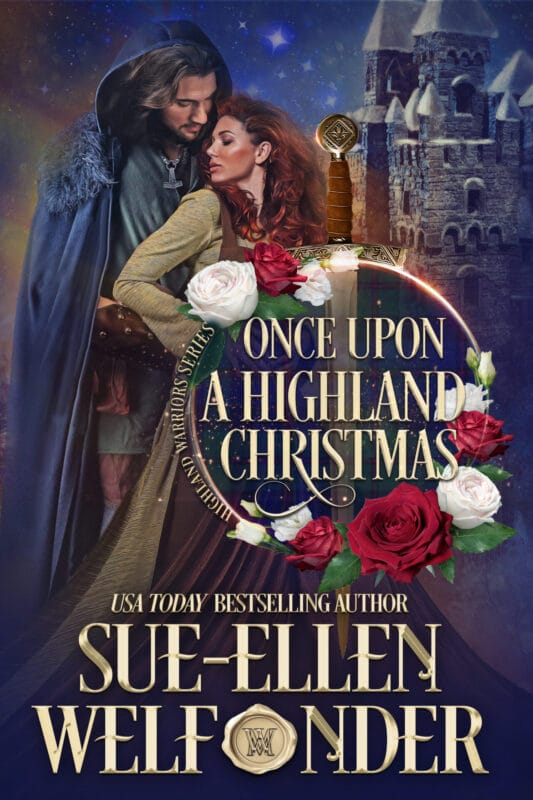
National Novel Writing Month (NaNoWriMo) is an exhilarating challenge where writers from all over the world aim to write 50,000 words, or a full novel, during the month of November. The key to success in NaNoWriMo is preparation, something that can get to be a little grueling if you are not used to plotting or simply don’t know where to start.
Whether or not this is your first book, there is always one question that lingers prior to siting down to write: to plot or not to plot?
As a heavy plotter, I always lean to the side of preparation, especially during NaNoWrimo. However, I understand that not everyone enjoys detailed planning and, at times, life simply gets in the way!
So how do we get ready to write all the words when time is not on our side?
When I work with authors, I tell them to narrow down their plotting to the basics: character and basic structure. As a helpful tool, you will find my character development sheet and the one-page plot I designed to get you started in your preparation. I am also including a word tracker because what is NaNoWrimo without staying on top of sprints?
Let the fun begin!
The first and most crucial step of plotting a novel quickly is to develop your protagonist. A well-defined main character is essential for a successful novel. Get to know your protagonist like a close friend. I find the easiest way to do this is to take out a journal or blank sheet of paper and create a character profile.
Here are some of the main things I look for in a profile and I write them down as I think of them:
The Basics: Your character’s name, age, gender, and physical appearance. While these elements don’t define your character, they offer a starting point.
Personality Traits: Develop your character’s personality. Consider their strengths, weaknesses, and quirks. What are their likes, dislikes, fears, and desires? Think about how these traits will affect their actions and decisions.
Their Past: Create a backstory for your protagonist. What events in their past have shaped them into the person they are at the beginning of the story? Past experiences can be powerful motivators.
Goals and Motivations: Determine what your protagonist wants and why they want it. Their goals and motivations will drive the plot.
Character Arc: How will your protagonist change and grow? A well-crafted character arc is essential for a satisfying narrative.
Conflict: Consider the external and internal conflicts your character will face. This can be the antagonist, personal trauma or barriers, self-doubt. Write down everything that might keep your character from achieving their goals.
Flaws and Vulnerabilities: No one is perfect, and flaws make a character more relatable. Include vulnerabilities and shortcomings that your protagonist must confront. Bonus points if you use their flaws to drive the conflict in their development.
Relationships: What are we if not for those around us? Your protagonist is not an island, so make sure you determine some of the key relationships in their lives, as these will help clarify their motivations.
Once you have gotten to know your protagonist, it’s time to move on to the meat of the story. That’s right! I’m talking about the plot and structure of your novel.
If you’re not used to plotting, think of this exercise as an outline pitch instead. A short plot breakdown can help you navigate your story if you get stuck or offer inspiration to begin writing. It is also an excellent way to move your character through the novel, so you don’t write yourself into a corner.
When thinking of the structure of your plot, I find the fastest way to get yourself organized is by using the 3 Act Structure. This structure is a classic storytelling framework, to organize the plot of your story. Here is a short breakdown of each act to give you an idea of what to expect:
- Act 1: Introduction – Set the stage, introduce your protagonist and their world, and establish the central conflict.
- Act 2: Confrontation – Develop the challenges and obstacles your protagonist faces as they work to overcome the conflict. This act takes up 50% of your novel and is broken in two by the midpoint (the part where everything changes.)
- Act 3: Resolution – Bring your story to a climax and provide a satisfying resolution to the central conflict.
A good rule of thumb is to take out a sheet of paper and divide it in three. In each section (or act) write down the key events that will occur that fit into the basis of the act. From here you can go on to identify key plot points such as the inciting incident (the event that sets the story in motion), the midpoint twist (surprise element), and the climax. Knowing these key moments helps you maintain a clear direction for your narrative and keep you on track with your story.
If you’ve done all this and still have time before NaNoWrimo starts, congratulations! You are well ahead of the plan! Now you can either take your time to relax or if you’re feeling extra plotty, use what you have written so far and dig further to create a chapter-by-chapter outline. And don’t worry, you can always shift things around as you draft. Nothing is written in stone!
With the right preparation, you can tackle NaNoWriMo with confidence and reach that word target without breaking a sweat. Remember, the point of NaNoWriMo is to work alongside other writers, have fun, and form a community. If you’re willing to do a little legwork ahead of the main event, I guarantee you will have a blast drafting. Plot on and good luck with your words, dear writer. You got this!

A.N. Sage is a bestselling, award-winning author of mystery and fantasy novels. She has spent most of her life waiting to meet a witch, vampire, or at least get haunted by a ghost. In between failed seances and many questionable outfit choices, she has developed a keen eye for the extra-ordinary.
A.N. spends her free time reading and binge-watching television shows in her pajamas. Currently, she resides in Toronto, Canada with her husband who is not a creature of the night and their daughter who just might be.
A.N. Sage is a Scorpio and a massive advocate of leggings for pants.
You can find her on Facebook, Instagram, Twitter/X, BookBub, TikTok, Youtube, and, of course, her own website.
You can also sign up for her newsletter to keep up to date on all that she has going on.





